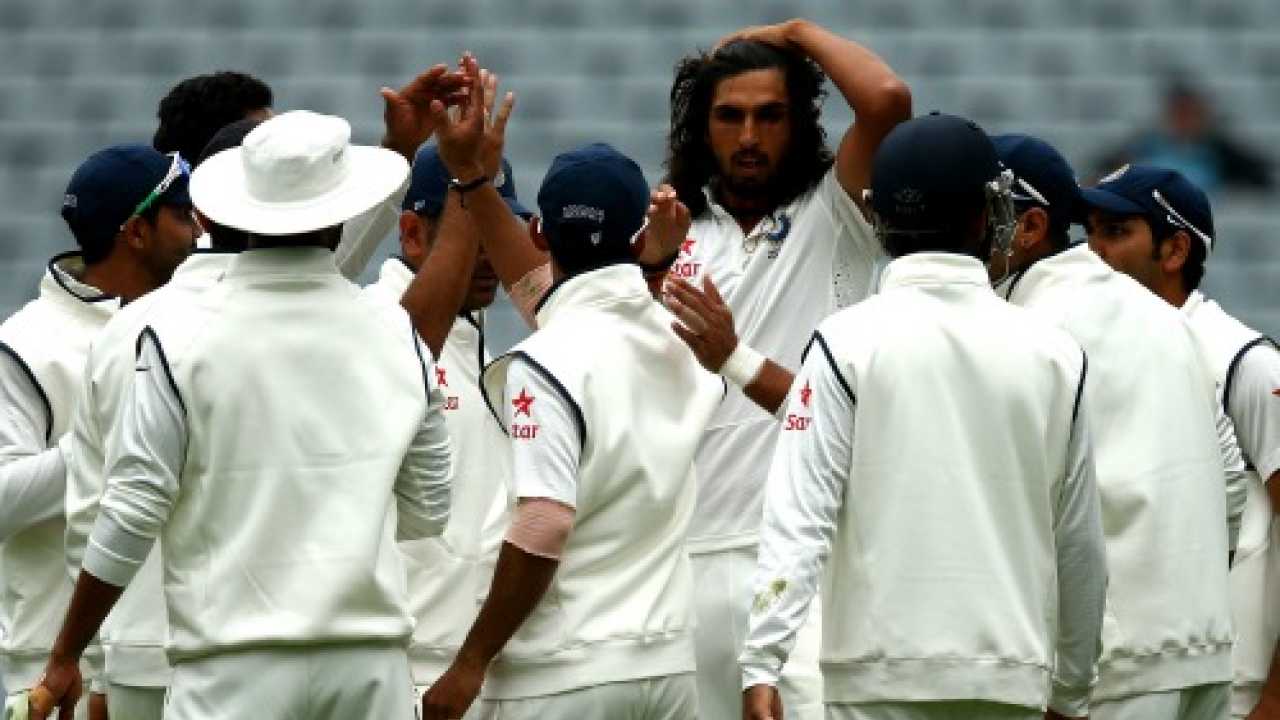
There is an age-old adage in cricket that says bowlers win matches. It's this inability that has cost the India Test team in the past two years, especially while playing matches outside the subcontinent. During the recently concluded Boxing Day Test match between India and Australia, the commentators raised a point regarding India's inability to take wickets in the longest format of the game.
The numbers are nothing short of embarrassing for the Indian bowlers. In the second Test between India and New Zealand at Wellington this year, India had a chance of winning the Test by an innings when New Zealand was batting in the second innings. At 94/5, it looked like India would have drawn the two-test series, but Brendon McCullum had other ideas. Teaming up first with BJ Watling and then with James Neesham, New Zealand ended up scoring 680/8, which means New Zealand made 586 runs and lost three more wickets.
A similar story was observed last December when the Indian team toured South Africa. Dhoni's men had a chance of winning the first Test after South Africa had been set a total of over 450 runs. The story has been similar in the five-Test series against England and the ongoing Australia series.
Sadly, the situation will continue for a few years, given how Indian domestic matches are played. Currently, domestic matches have a thick grass cover on the wicket, making it a swing bowler's dream. In an interview with ESPNCricInfo, Harbhajan Singh said that the BCCI's initiative to provide green tops has given the bowlers a false sense of confidence. “These wickets make a 120 km/h bowler feel like Malcolm Marshall,” he said, adding that the wickets were not doing anything for the spinners as well.
If the BCCI gives the Indian seam bowlers a false sense of security and destroys the confidence of its slower bowlers, then it will be difficult for India to do well abroad. Adding to these woes is the fact that when visiting teams come for tournaments, the groundsmen invariably end up making spinning wickets. However, we are left in a situation where the seam bowler cannot gain anything from a dust bowl, except for reverse swing, which comes when the ball is 40-odd overs old. Furthermore, while the wicket will provide assistance to the spinners, it's difficult to determine whether they will have confidence in their abilities.
So what do the players do? Ideally if they want a reality check, they should have a county stint. The English County season is between April and September. Those players with IPL commitments can probably go after May. If possible, they can also have a stint in the Australian domestic circuit. Sir Garfield Sobers and Imran Khan played domestic cricket in England and Australia and this definitely benefited their game. Rahul Dravid had a stint with both Scotland and Kent, which saw his game improve (remember the 2002 series against England). Anil Kumble had stints with Leicestershire, Northamptonshire and Surrey, which definitely improved his game in the later part of his career (his opponents said the best way to tackle him in the beginning was to treat him as a slow inswing bowler).
The BCCI will not go to players and send them abroad. It's up to the players to approach the board, take the plunge and hope that they will get a call into the Test squad because they have the 'it' factor in them to be a match winner for India.
Until then, we can expect many more lower order batsmen to score Test centuries against India.